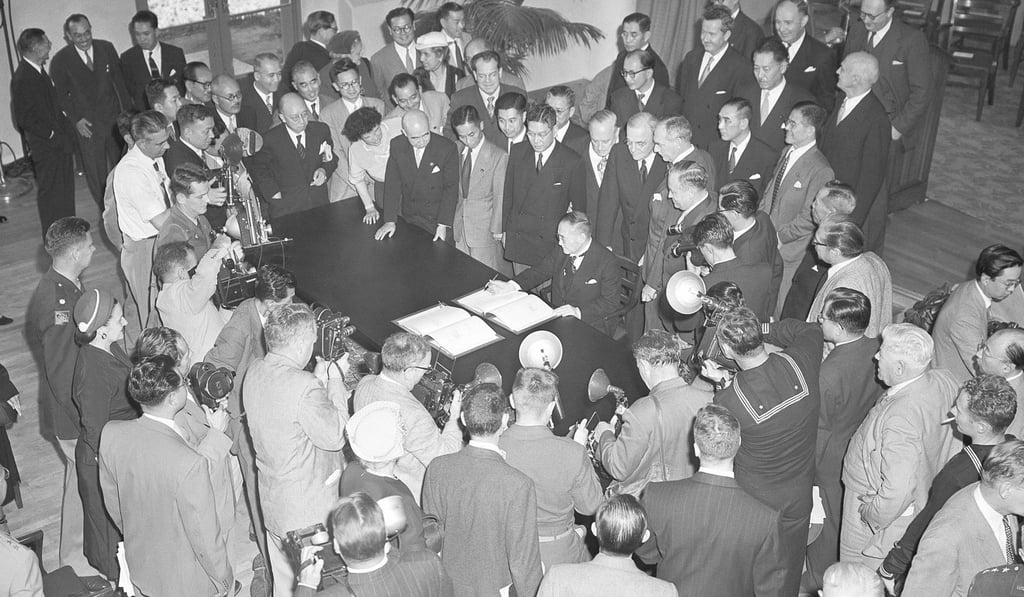Opinion | The US needs to get back into Asia and be a stable counter to China’s influence
- America is taking its eyes off Asia when it should be deepening its presence and broadening its ties, as China’s growing influence puts pressure on its smaller neighbours

The political chaos at home has sown doubts about America’s Asia strategy, when Washington’s dependability is more important than at any time since the cold war.
Contrast America’s current posture in Asia with developments over the preceding 70 years. In the aftermath of the second world war, the US set out to establish bilateral relationships.
The San Francisco system (named for the 1951 Treaty of San Francisco that ended the American-led occupation of post-war Japan) strengthened American influence by building formal alliances with South Korea, the Philippines, Taiwan and Australia. It also reintegrated Japan into the world as a US ally.

America provided security and economic support to its friends in Asia, who had been weakened from the effects of war, in exchange for cooperation in the American effort to contain the spread of communism.
